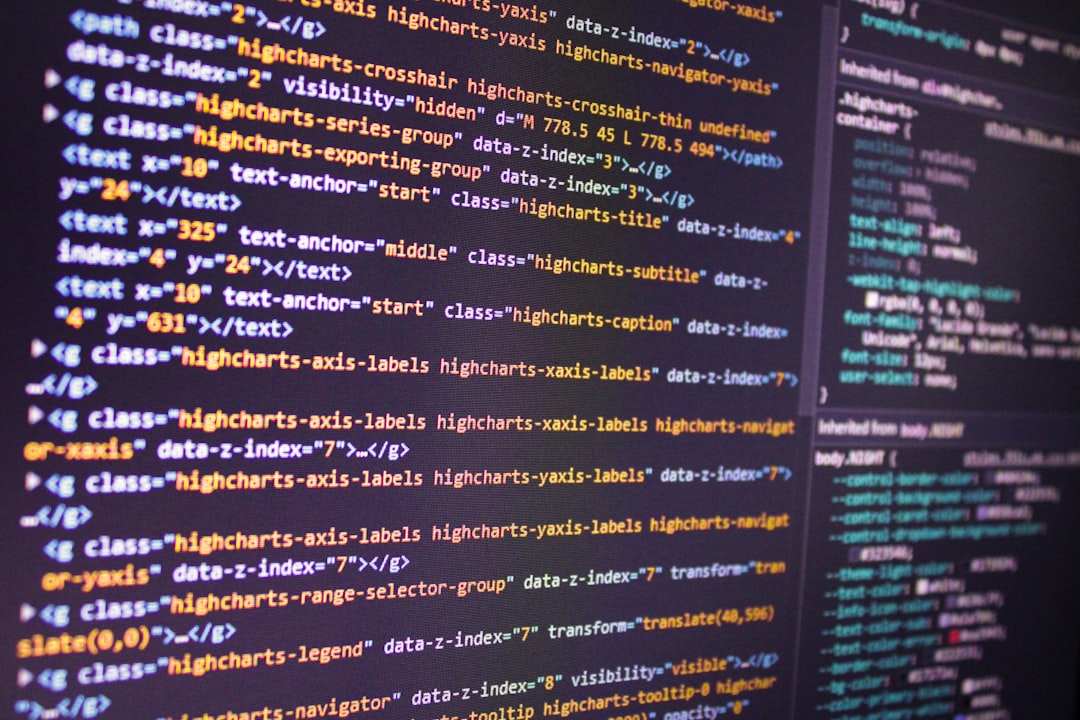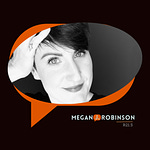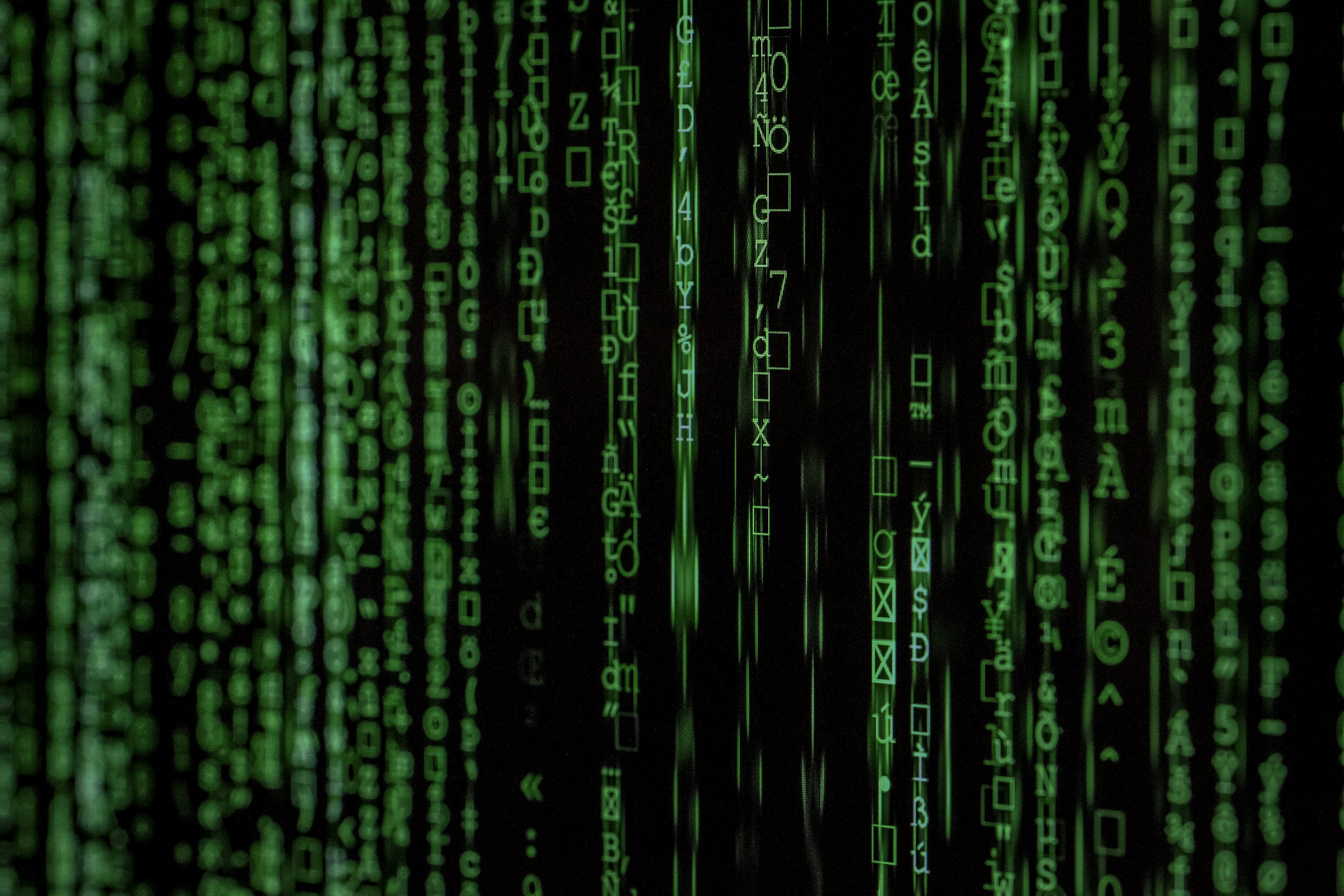Welcome to Creative\Proofing, a space for hopeful, creative people learning to live wisely by asking questions about the good life: what it is, how to design one, and how to live it well.
I treat each issue as a conversation with specific partners who, depending on the topic, may be be different from month to month. You’ll see an “assumed audience” block at the beginning of each newsletter to shape a frame of reference for the conversation. You are more than welcome to eavesdrop on any conversation, but if it doesn’t interest you, no worries!
If you're inspired by anything I write, it would mean so much if you shared it with others, subscribed, dropped me a line and let me know, or donated according to the value it has for you. No matter what, I hope we can create and learn together.
Assumed audience: experts, leaders, and students dissatisfied with higher education and what that means for learning

In This Issue
Personal Review
Adventures in Higher Ed
Who Benefits?
More Questions
"You can take out loans if you need to. (Or go slower if you want to pay out of pocket)."
"We have some scholarship/work-study programs available. (If you have time between work, school, and family obligations)."
"If God is calling you to seminary, he will provide the means. I moved halfway across the country with no job, no place to live, and no idea how I would pay for my own education, and God made a way. (But I still had to take out loans for living expenses and had regular financial gifts from family members.)"1
Personal Review
I used a variation on these statements at least once a day, five days a week, for almost six years, while working in graduate admissions and recruiting. It always felt disingenuous to discuss funding graduate theological education, this weird tension between the pragmatics of doing business while encouraging a prospective student toward a very niche profession or area of study.
While the institution I worked at did offer scholarships to every student in the form of a slightly discounted tuition rate, most scholarships and grants were reserved for those at the main campus. Students who applied to my campus were adult learners with full-time jobs, families, and other obligations, for whom school was an addition to their already-busy lives, not a substitution. Finding ways to afford food, rent, necessities, plus books, tuition, and travel...well, I remain in awe of the dedication of many students I met.
I share this brief reflection on my experience in higher ed as a way into the larger story of contemporary higher education in America. I find myself thinking about this a lot these days, wondering how the collective "we" got to this point of burgeoning debt, stagnant employment, and plateauing "returns on investment" for those who go through the system and complete degrees.
I keep asking myself, "What is education for?"
To answer these questions, I started exploring the landscape of higher education as it currently exists: seeing my own experience as a student and an administrator differently and tracing the evolution of the higher education system today.
In researching and writing this week, I quickly realized that what I thought would be a quick summary of the major issues before "answering the questions" was...mmmm...wishful thinking. So, despite my love for sprawling, extended essays that meander around, this issue will be the start of an ongoing exploration across multiple (though not necessarily consecutive) newsletters.
Adventures in Higher Ed
As an undergraduate and graduate student, I experienced the typical frustrations of the average American student: that of student loans (not qualifying; qualifying for $5 for the entire year [srsly]; consolidating to pay off older loans with newer loans); the roller coaster of applying to dream schools and fall-back schools. Y’know…the uze. But looking back, I realize that I had no concept of how these experiences, and the systems fueling them, hung together. And what’s more, that veil of ignorance for the students and their parents is kind of the point.
But what choice did I have other than to pursue college education after finishing high school? I didn’t know what I wanted to do with my life. I knew I liked reading and learning. My parents were little help, through no fault of their own: they're of the generation when it was possible and acceptable to learn the job on the job without any pre-qualifying credentials. And the social rhetoric at the time encouraged the debt of a bachelor’s degree as a necessary evil that paid off in the long run. So I worked, saved money, went part-time, full-time, whatever time I could manage, and finally got that bachelor’s degree.
My experience probably sounds familiar to many. And, I want to stress, while I have not attained the promised heights of social and economic stability supposedly conferred by these degrees, the system largely worked for me. I loved my undergraduate experience (all six years, three schools, and two states of it), grew as a person during my time in seminary, and genuinely felt like I flourished and came into my own while in a graduate program in communication. Yet, if I had to do it all over again, I’d do things very differently.
Later, when I worked in recruiting and admissions, I loved meeting prospective students, hearing their stories, and encouraging them to dream about what their graduate education might make possible. I eventually soured on the idea that everyone needs a seminary education to pursue ministry or learn theology and scripture. But, I still think that it's a tremendous benefit, for anyone who’s interested, to learn how to approach sacred texts carefully and thoughtfully (which, in the current climate of American Protestant Evangelicalism, is not always what makes the news).
My last three years in this institution focused on “strategic initiatives” and developing non-credit bearing educational offerings. When people asked what I did, I answered that I sat around and thought about how to make money.2 When I started in these roles, the institution’s leadership had just completed a grand vision quest. Out of this quest came a key insight throwing the already-tenuous school into even more panic: the coming demographic cliff.3
This portentous-sounding event refers to the sharp decline in college-age populations coming around 2025-26, the effect of declining birthrates that started with the Great Recession in 2008.4 But birth rates have been in decline for a while now; according to the U.S. Census Bureau:
"Between 2000 and 2019, the number of daily births declined an average 0.39% a year. The pace of decline accelerated between 2010 and 2019, when the number of daily births dropped on average 0.96% a year. But the decline was much steeper in in 2020: The average number of daily births was 4.06% lower than in 2019."5
So, while declining birth rates as a leading indicator certainly contribute to the higher education enrollment "crisis," does it fully explain why higher ed is in such turmoil?
We know that Covid-19 has shifted a lot of social, economic, and psychological foundations that were already stressed and cracking even before 2020. It remains to be seen specifically how the pandemic will affect future higher ed enrollment, but the ballooning costs of formal education coupled with ever-less-sufficient incomes for families and college-aged populations has already depressed the rates of likely applicants. We also don't yet know how schooling during the pandemic slowed or halted younger students’ capacity for formal learning, not to mention the 1.2 million-plus students (as of 2019)6 who drop out of high school, who then wouldn’t qualify for college admission anyway.
Economist Nathan Grawe's research, reported by Kevin Carey,7 suggests that the usual top-tier, highly selective institutions will be less affected by these changes than schools in other regions such as the Midwest, Northeast, and Deep South. The perceived value of these top tier schools, combined with the "United States’ very wealthy, very unequal society," allows these institutions to insulate themselves, pushing the problems of declining enrollment and market demand "down the ladder of institutional status."8
So, declining birth rates, financial constrictions, changing ideas around what "traditional" education looks like, after-effects of the pandemic years. It's the perfect storm of forces beyond human control (well, except maybe birth rates. and salaries. and shifting perceptions.). Ok, it’s the perfect storm of several factors that, years ago, snowballed out of human control.
Who Benefits?
Here’s one question I keep returning to.
“Who is education for?”
To answer, I think we have to trace the recent evolution of formal education and understand a very significant choice made over sixty years ago that continues to affect educational policy and practice today.
In her article “What is Education For?,” Danielle Allen makes a distinction between vocational and civic approaches to understanding and designing education (and educational policy). She observes that civically-focused education, which prepares students for civic readiness, "fosters participation [in society] because it prepares people for democratic engagement. Reading, writing, and collaboration are, after all, the basic instruments of political action."9 Fredrik deBoer, summarizing the ideas of Dewey and Green, observes that, in this view, education enables individuals to "take advantage of their potential as democratic and moral beings. [...] Schools thus took on an outsize importance in a modern society."10
So far, so good. But is civic preparedness what we’re getting?
Conversely, an emphasis on vocational readiness in education focuses on preparing students for competitive employment through a broad dissemination of skills relevant to a technologically-savvy, globally-competitive market. Allen points out that, in the 1980s, we began seeing a greater emphasis on vocational and STEM education, with the 2007 report Rising above the Gathering Storm asserting that an “educated, innovative, motivated workforce—human capital—is the most precious resource of any country in this new, flat world” caused by “technological change.” Such change biases “available jobs toward high-skilled workers” and leaves those not educated for this “new, flat world” without means to close the gap of global standing, equitable educational access, and stable financial income.11
These two approaches to education are not mutually exclusive, but, as Allen points out, the distance between them has steadily increased since 1957. The U.S. felt the Soviet launch of Sputnik as provoking "a sense that [we were] falling behind in a Cold War scientific contest." The subsequent 1958 National Defense Education Act increased funding for science and math education, as well as vocational training. Later, the 1983 Reagan administration report A Nation at Risk "kicked off the era of school reform that currently shapes education discussion and policy," emphasizing what we now call STEM topics at the expense of "the humanities, social sciences, or civic education." A civic focus for education has steadily decreased in the years since then, a trend observed in the shuttering of college majors and departments associated with the liberal arts.
Though focusing more on the religious dimensions of socio-cultural trends, David French points out that, in the U.S., the “memory of the Cold War is fading from American life. […] It’s thus easy to forget that our nation’s struggle against atheistic Soviet communism defined our national purpose for almost 50 years.” He goes on to mention that, in the 1950s, the U.S. felt that the “the necessity of deterring the Red Army meant a massive peacetime militarization of American life,” a change from previous patterns of wartime mobilization and peacetime demobilization of military resources.12
So, coming off World War II and into the Cold War, U.S. officials perceived a need to compete on the global stage, to be ready for “guns, germs, and steel” from any front. From this very brief and incomplete summary, we might begin to suspect that education since the 1950s has been, at least in part, for the development of military defense.
And what funds military defense? Tax dollars and private research.
And what generates those dollars and research? The labor market, generated by human capital, (i.e., you and me.)
Kevin Carey observes that, in navigating the “post-cliff transformation,” colleges and universities
won’t just be going along with the strengthening alignment of the higher education experience with the labor market. They will be actively promoting it.13
More Questions
We’re back to the starting questions: Who and what is education for? Right now, it doesn’t sound like it’s for the students at all.
So the question I’m really curious about, in light of all this, is this:
What impact does this history, and the current changes, have on the people we are, are becoming, and want to be?
That feels like something it’s worth continuing to explore.
Let’s be hopeful, creative, and wise — together.
Shalom,
Megan.
I often brought out that last statement as an extra whammy of encouragement for prospects who looked particularly freaked out about the commitment to graduate theological education.
And endlessly discussed the means by which we could make money without spending money, because the school didn’t have any.
Kevin Carey, Vox, “The Incredible Shrinking Future of College”
Ray Schroeder, Inside Higher Ed, “A Second Demographic Cliff Adds Urgency for Change”
Anne Morse, United States Census Bureau, “U.S. Births Declined During the Pandemic: Fewer Babies Born in December and January but Number Started to Rise in March”
Megan Adams, EAB, “The Demographic Cliff is Already Here - And It’s About to Get Worse”
Couple this anticipated shrinking pool of undergraduates with the rise of the “nones” in the American religious landscape, and you can image that graduate schools in fields such as theology, biblical studies, and ministerial training are staring down the barrel of a gun loaded with bullets imprinted with very specific names.
Danielle Allen, Boston Review, “What is Education For?”
Fredrik deBoer, The Cult of Smart, pp. 78-79.
David French, The French Press/The Dispatch, “How a Great American Victory Altered American Faith”
Carey, ibid.













